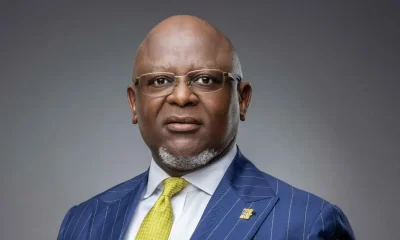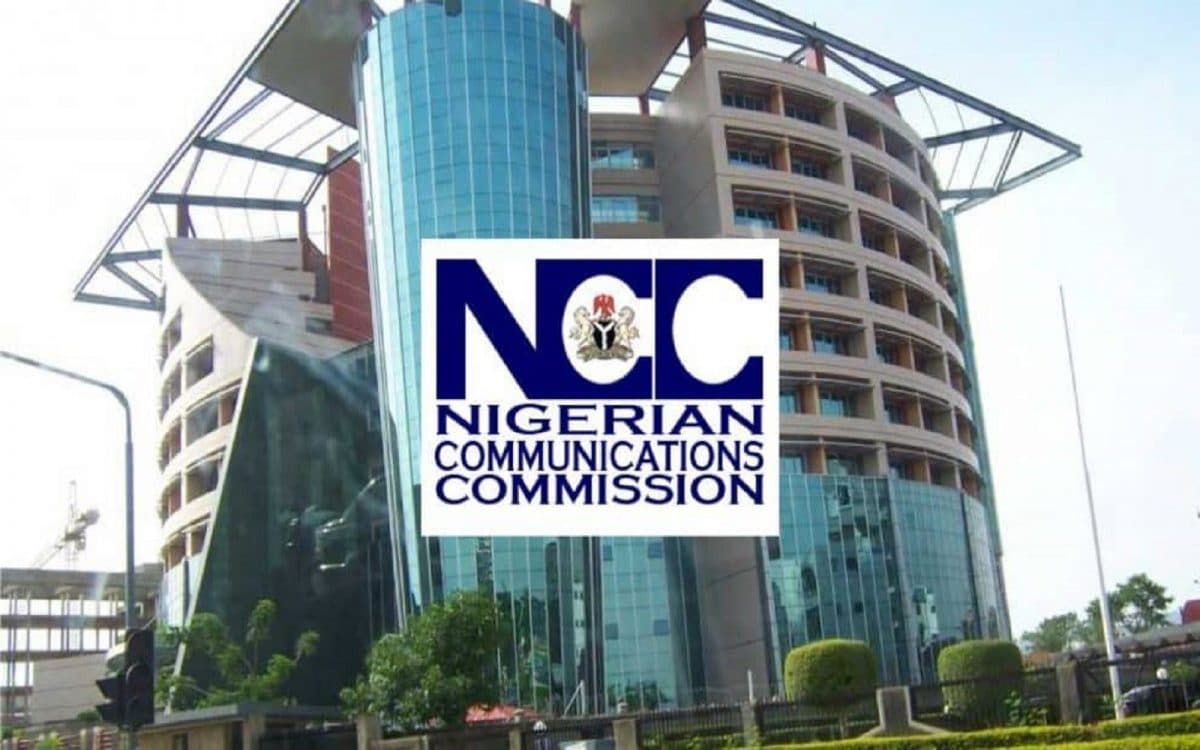The Nigerian Communications Commission (NCC) has successfully reduced the number of Nigerians living in areas without telecommunications service from 37 million in 2013 to 27 million in recent years.
The NCC achieved this by reducing the country’s access gap by 53.1% as of the end of 2022, bridging 110 clusters of access gaps, and bringing telecom services to rural, unserved, and underserved areas.
The Executive Vice Chairman and Chief Executive Officer of the Commission, Prof. Umar Garba Danbatta, disclosed this at a recent telecoms industry stakeholder’s forum in Yenagoa, Bayelsa state.
Danbatta, who was represented at the forum by the Head, Pre-Licensing at the Commission, Usman Mamman, said from 207 clusters of access gaps in 2013, the industry has witnessed a reduction to 97 as of the end of 2022 by bridging 110 clusters of access gaps.
READ ALSO: NCC deepens telecoms coverage, grants Routelink MVNO’s licence
“We have worked tirelessly to ensure we bring telecom services to people living in rural, unserved, and underserved areas of this country, totaling 37 million people courtesy of the consultancy that was conducted in 2013.
“By 2019, we had succeeded in reducing the clusters of access gaps to 114 through the deployment of the necessary infrastructure needed to bring services to people living in rural, unserved, and underserved areas of the country. The deployment of infrastructure is in terms of base transceiver stations, which resulted in the reduction of Nigerians in those clusters from 37 million to 31 million in 2019.
“By 2022, we have reduced the clusters of access gaps to 97 from 207 in 2013. The number of Nigerians again has come down from 37 million in 2013 to 27 million as we speak. We achieved this by deploying, from 2009 to 2011, a total of 79 new base transceiver stations.”
Danbatta stated that from 2013 to 2018, the telecom sector also witnessed the deployment of additional 124 base transceiver stations while from 2019 to 2022, a total of 364 base transceiver stations were deployed.
“So far, the total number of base transceiver stations we have deployed to date between the times the access gaps were identified till the end of 2022 is 567,” he said.
While describing the reduction in access gap so far as a landmark, Danbatta, however, said the Commission will not rest on its oars as it thrives to ensure that the remaining 27 million Nigerians, who currently lack access to telecoms services, are provided with services.

 Health & Fitness3 days ago
Health & Fitness3 days ago
 Featured1 week ago
Featured1 week ago
 Aviation5 days ago
Aviation5 days ago
 Business1 week ago
Business1 week ago
 Aviation4 days ago
Aviation4 days ago
 Aviation4 days ago
Aviation4 days ago
 Business1 week ago
Business1 week ago
 News7 days ago
News7 days ago

